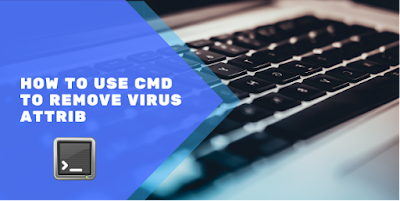How to recover deleted files from a virus-infected USB flash drive
.jpg)
I am going to teach you how to recover files from your USB memory in a very simple way. These files were deleted or we did not find them because it is possible that there is a virus in our USB memory and it is most likely that we have put it in some cyber computer or some other computer and well, most likely it is that This memory has been infected by a virus. Believe it or not, these are the shortcuts in our memory and well, we cannot see what is in our folders, for example I had works and images and all the folders where I had more files, if we click on one we get this error is the virus and it is very infectious if you do not have an antivirus on your computer and you use your memory because it can also infect your files, sometimes nothing happens. It is very easy to recover them without programs or anything, the only thing we are going to do is enter a code ok now we are going to leave this window open so you can see that there is no trick or anything here the files will app...
